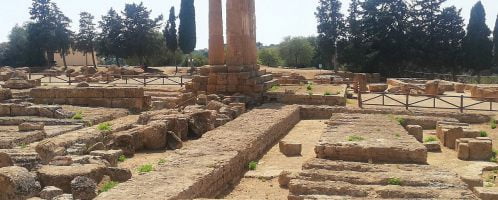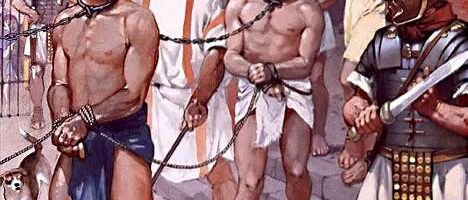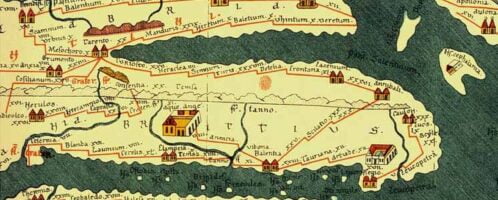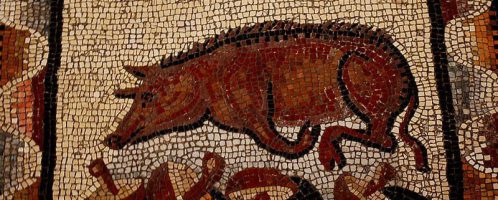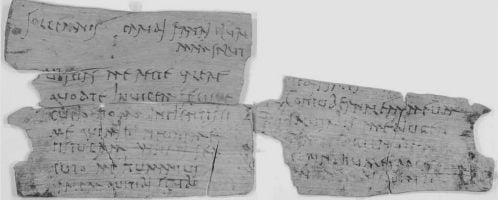Laudatio Iuliae amitae – Caesar’s funeral speech in honor of deceased aunt Julia
Laudatio Iuliae amitae was a funeral speech given by Julius Caesar in 68 BCE in honour of his deceased aunt Julia (wife of Gaius Marius). The beginning of Caesar’s laudation (laudatio funebris) was preserved in the work of Suetonius, in which he praised the origin of the family.


